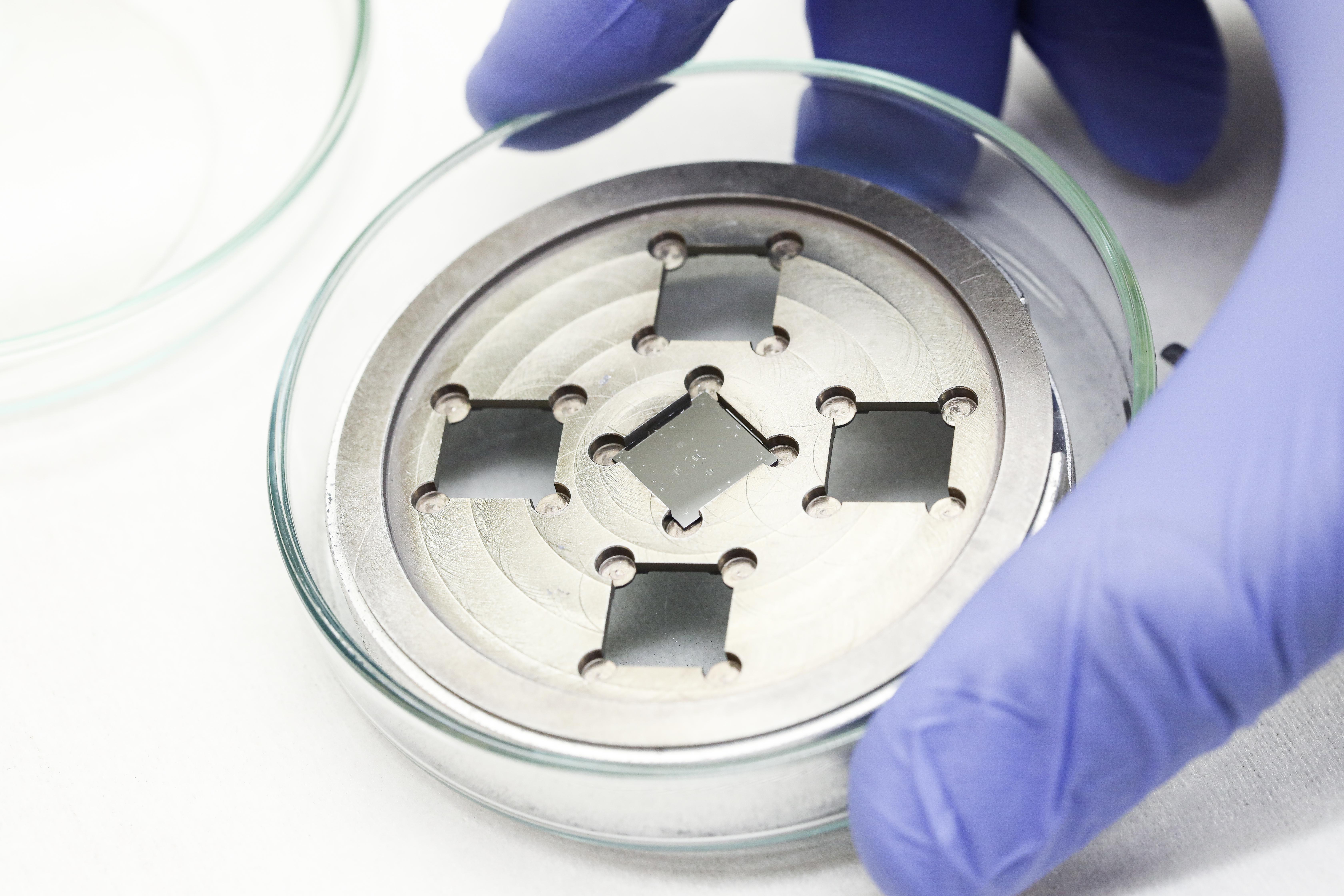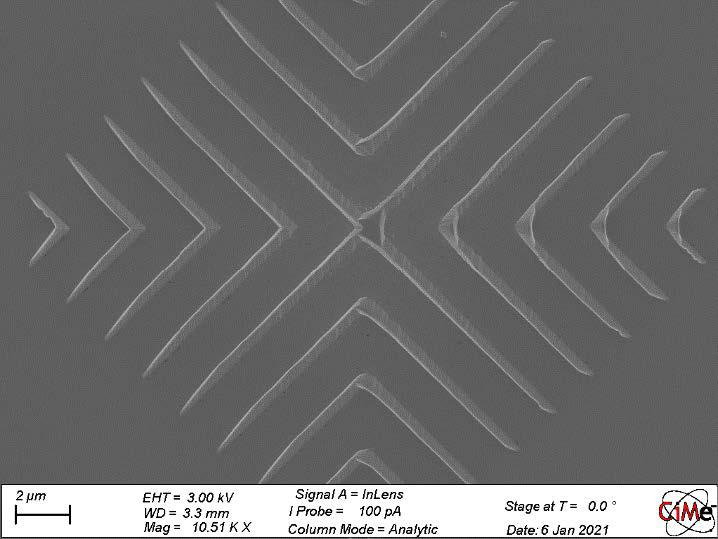New nanowire architectures boost computers' processing power
Piazza, a scientist at EPFL’s Laboratory of Semiconductor Materials, studies semiconductors on a nano scale. His focus is nanowires, or nanostructures made of semiconducting materials, and his goal is to move transistors beyond their saturation point. That’s because transistors are everywhere – in cars, traffic lights, and even coffee makers – but their miniaturization capacity is reaching a limit because existing designs are nearly saturated. “The main challenges we now face in processing power relate to overcoming the transistor saturation point, which we can do with nanowires and other kinds of nanostructures,” says Piazza, awardee of the Piaget Scientific Award 2020.

Valerio Piazza characterizes nanowires to optimize their electrical properties © 2021 EPFL Alain Herzog
Much of the recent improvement in processing power stems from advancements in microfabrication methods. These methods are what have allowed engineers to develop compact, yet sophisticated electronic devices like smartphones and smartwatches. By reducing the size of transistors, engineers can fit more on a circuit, resulting in greater processing power for a given surface area. But that also means there’s a limit to just how small processers can go, based on the size of their transistors. At least that’s true for the current generation of processing technology. Piazza’s work aims to overcome that obstacle by developing new kinds of transistors based on nanowires for use in next-generation quantum computers.
Today’s computers are made up of electronic components and integrated circuits like processing chips. Each bit corresponds to an electrical charge that indicates whether current is running through a wire or not (i.e., “on” or “off”). On the other hand, quantum computers are not limited to just two states but can accommodate an infinite number of states. The fundamental element of quantum computing is the qubit, which is the smallest unit of memory. And it’s precisely at this sub-micron level that Piazza is conducting his research.

Nanowires are made up of groups 3 and 5 of the atoms in the periodic table © 2021 EPFL Alain Herzog
Piazza’s horizontal nanowires – they can be vertical, too – are made up of atoms from groups III and V of the periodic table: gallium, aluminum, indium, nitrogen, phosphorus and arsenic. “Each step of our development work comes with its own set of challenges. First we have to nanostructure the substrate and create the material – here the challenge is to improve the quality of our crystals. Then we’ll need to characterize our nanowires, with the goal of improving their electrical properties,” he says.

A complex network of nanowires © 2021 EPFL Alain Herzog
Processor transistors currently measure around 10 nm. Piazza’s (horizontal) nanowires are the same size but should offer better electrical performance, depending on crystal quality. His method involves etching nanoconductors on substrate surfaces in order to create different patterns, which will let him test various structures for enhancing performance. “Take a city’s highways as an example. If there’s just one road, you can get only from Point A to Point B. But if there are lots of exits and side streets, you can travel to different neighborhoods and go even farther,” says Piazza. In other words, he’s creating a network. Over the next few months he’ll focus on identifying factors that could improve the process.

Yves Bellouard, Robert Giezendanner, Valerio Piazza, Anna Fontcuberta-morral et Michael Themans © 2021 Piaget SA
The Piaget Scientific Award, sponsored by Piaget, is a prestigious award given out by EPFL every year to promote groundbreaking research in the broader field of miniaturization and microengineering. The award comes with prize money allowing the winner to conduct research at an EPFL lab for one year. It’s open to outstanding young PhD graduates who have the potential of becoming pioneering researchers in the field.
